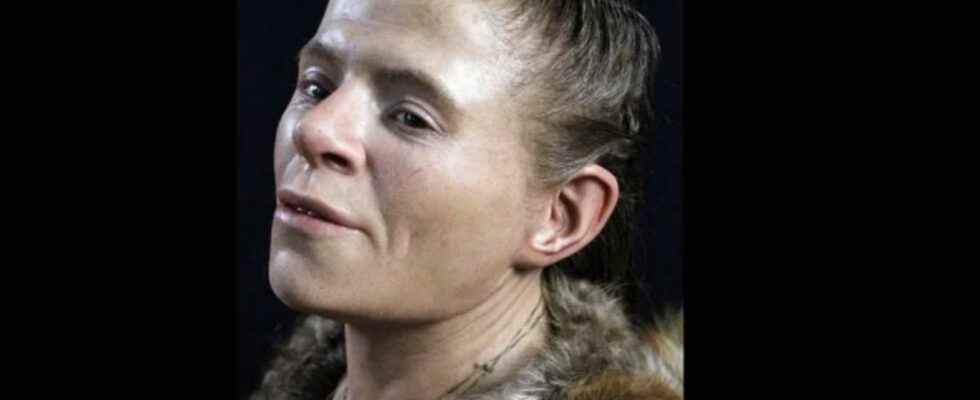You will also be interested
[EN VIDÉO] Do you know these myths about prehistory? Antoine Balzeau, paleontologist at the National Museum of Natural History, regularly tackles the exercise of popularization. Dissemination of knowledge to the general public. Author of the book “33 received ideas about prehistory”, he revealed some of them to Futura.
What did the men and women who came before us look like? What were their facial features, were they similar to those we wear or did they have features that would make them easily recognizable among the crowd today? What were the differences characterizing the populations? The answers to these questions are difficult, if not impossible, to imagine when the general public observes a skull dating back several millennia, through the window of a museum.
The work of the forensic artist is precisely that of reconstructing, in 3D and virtually or physically, the appearance of populations or species now missing. If his work, in anthropology, is mainly based on the anatomical characteristics of skeletons, there is however always a part of the reconstruction which almost always depends on the interpretation of the artist. This is particularly the case when defining the color of hair and eyes people, although some rare genetic studies have already made it possible to determine these characteristics in specific populations.
Very personal traits
The remains of Lagmansören’s wife come from a province in northern Sweden called Medelpad and date to nearly 4,000 years ago. They were found during the construction of a road in 1923 near the remains of a young child, about seven years old. The link between these two people could not be established due to the poor preservation of the DNAso it could be a brother and a sœur or of a mother and her son. This interpretation is the one chosen by the artists in order to carry out their reconstruction of the face of the woman from Lagmansören. The two individuals were buried in a coffin-shaped tomb, made with flat stones. The woman was about five feet tall, in her thirties when she died, and the remains show no signs of illness, injury or malnutrition.
A part of the back of the skull is missing but the whole discovered allows the artists to propose a reconstruction of the face of this woman from thestone Age. They first scanned the skull and reproduced it using a 3D printer in order to be able to interact with the morphology without damaging the bone remains. One of the artists, Oscar Nilsson, explains for example that he spots the fact that the woman had a vertical and very steep forehead, which is characteristic of female foreheads (see video below). He also spots a glabella rounded, which is, according to him, more of a masculine trait. He also indicates that the cheekbones are not prominent and that the woman was slightly undershot. In the absence of DNA data, artist Oscar Nilsson relied on previous anthropological studies to determine certain elements of Lagmansören’s wife’s appearance.
He indeed attributed to him brown eyes and brown hair as well as the light skin that characterized the farmers who arrived in this region between 5,000 and 4,000 years ago. The woman’s clothes have were designed by Helena Gjaerumnotably with deer, beaver and fox skins and were inspired by the climatethe contemporary landscape and vegetation of the Lagmansören woman, as well as by the clothing of present-day populations of America and Siberia as well as those of the Ötzi mummy. The reconstruction of Lagmansören’s wife is exhibited at the Vasternorrland museum.
In 2020, work began on the reconstruction of Lagmansören’s wife. Oscar Nilsson, model maker and archaeologist, explains this work step by step.© Västernorrland museum
Support your independent scientific media: discover our subscription formulas!
4 good reasons to subscribe to Futura on Patreon:
- A site without any advertising from 3.29 euro per month.
- It is without commitment.
- Access to priority content, in preview, just for you.
- You support our business in the best possible way. A real motivation for us!
Interested in what you just read?
